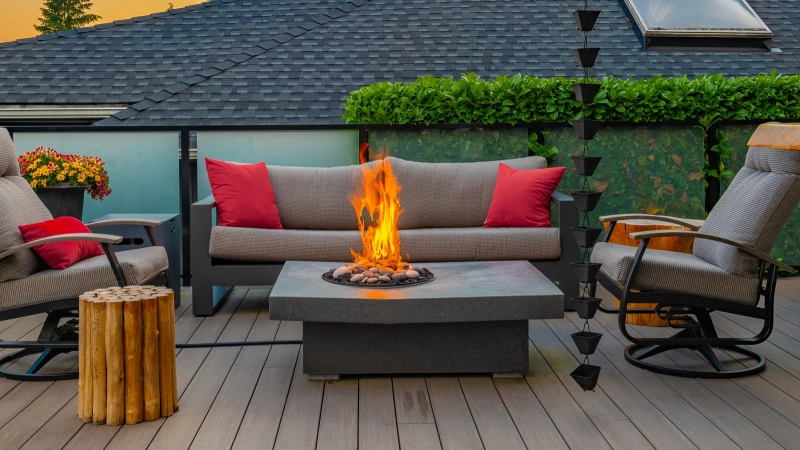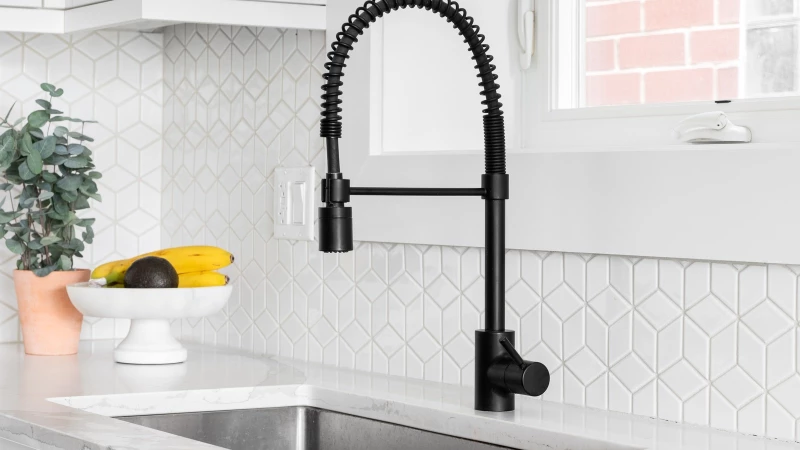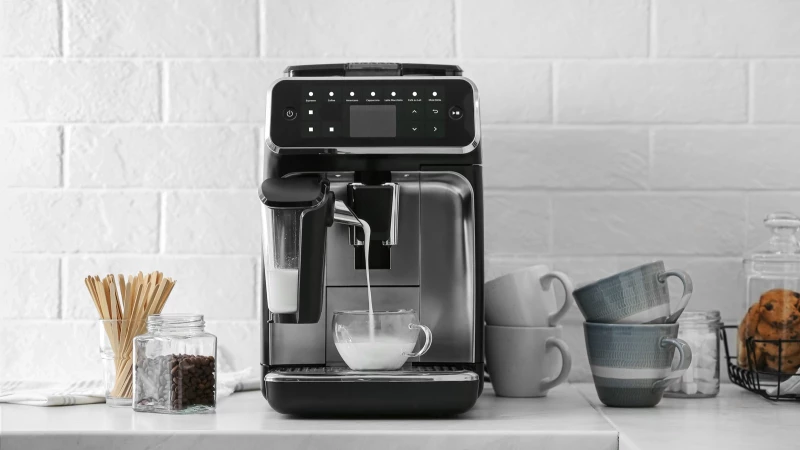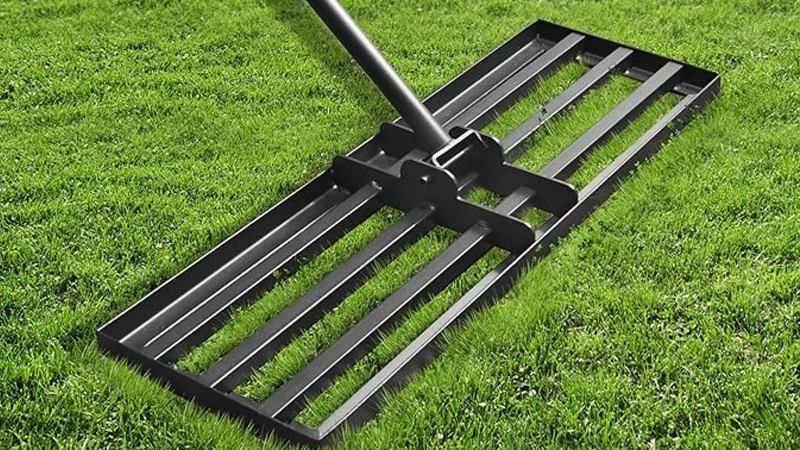Thinking about lighting a fire on your deck? Whether it's a wooden deck or one made of composite materials that can contain flammable gases, there are some important safety guidelines to keep in mind. While it may seem like a cozy idea, it's crucial to take precautions when installing and using a fire pit on a deck. Fortunately, most of these guidelines are common sense and easy to follow.
Before you start, it's essential to check with the proper authorities to ensure that having a fire pit on your deck is allowed. This means consulting your local fire department to confirm that outdoor fires are permitted in your area. Additionally, it's a good idea to speak with your homeowner's insurance provider. According to Allstate, failing to inform your insurance company about the fire pit could result in damages not being covered. Depending on the type of fire pit (permanent or portable), different coverage options may apply, so it's best to be upfront with your insurance provider to avoid any surprises.
Guidelines for Installing a Fire Pit on Your Deck
When setting up a fire pit on your deck, it's crucial to consider safety and location. Here are some guidelines to follow:
- Your fire pit should be at least 20 feet away from any structure, including your home.
- Ensure there is a minimum distance of 3 feet from anything flammable or combustible.
- The chosen location must be level, stable, and capable of supporting the fire pit and a fire pad underneath it.
- Never place a fire pit directly on your decking; use a fire pad made of pavers, concrete, brick, or stone.
- Expect some discoloration of the pavers due to the heat.
- Avoid overhanging branches or structures that could be reached by sparks, embers, or flames.
- If you have a backyard pergola, it's safe to place a fire pit underneath as long as you understand the safety limitations.
Tips for safely using a deck fire pit
Keeping those embers and sparks contained is the job of another required bit for wood-burning fire pits: a spark screen. You must also have a fire extinguisher, a fire blanket, or a good supply of water nearby to put out any unwelcome flames. To be sure you're getting the right extinguisher, brush up on everything you need to know about buying them for your home. You can relax very slightly if you're planning a propane or natural gas fire pit since they're a little safer than their wood-burning cousins.
As you might have noticed in college, a sturdy building and smart people are no match for a single person not paying attention. When it comes to a deck fire pit, the direct, in-person attention of an adult is critical — you simply can't handle every eventuality with precautions. Windstorms blow in, tree limbs fall, dogs behave as if they're being pursued by villagers with pitchforks, and maybe villagers with pitchforks are pursuing something near your fire pit. None of this happens on a schedule, and if you're not there to react to it, the forces of chaos will control what happens next. The most important thing is keeping burning things separate from things you don't want burned, like leaves, pine needles, cans of gasoline, children, and pets.
It is essential to remember that adult supervision is crucial when handling fires. Avoid using accelerants like gasoline, as they are commonly used by arsonists. Opt for seasoned firewood instead, but refrain from lighting fires during high winds or severe droughts. After use, ensure to extinguish the fire completely with water and wait for the ashes to cool before disposing of them safely, typically after 24 hours.









